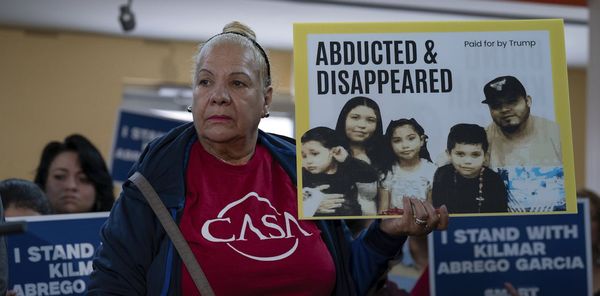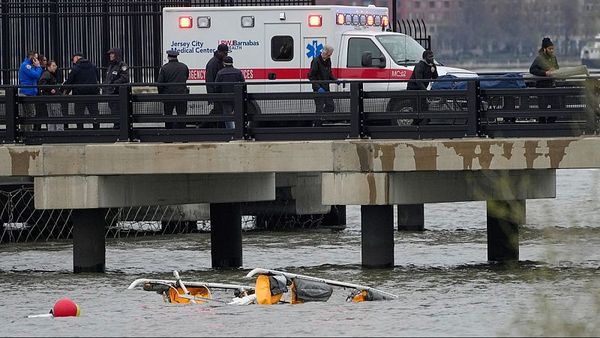
How do you grade the C.J. Gardner-Johnson trade? Sending the New Orleans Saints’ star safety to the Philadelphia Eagles has been awful for the vibes among Saints fan communities on social media, but it’s important that we cut through the doom and gloom and look at this objectively.
And, folks, it stinks. Losing a young firebrand in the peak of his career is a tough pill to swallow. Gardner-Johnson was an incredibly fun player to watch in New Orleans. Between his electrifying presence and near-perfect fit as the team’s primary slot defender, he felt like someone who should have stuck around for a decade. But it’s not to be.
So let’s put those feelings aside and look at things from the team and player’s perspective. The Saints decided that they wouldn’t sign Gardner-Johnson to the contract he’s seeking, with Nola.com’s Jeff Duncan reporting a $4 million gap between each side’s best offer. As we saw with Marcus Williams earlier this year and so many times before, once Saints GM Mickey Loomis settles on his number he won’t budge from it. A split was coming down the line even if Gardner-Johnson played out of his gourd in 2022. Between re-signing Bradley Roby and P.J. Williams and drafting Alontae Taylor, the pieces were there to replace him.
What if the Saints hadn’t traded Gardner-Johnson? He’d leave in free agency in 2023, most likely, even if he didn’t find the double-digit salary he’s earned. That would — at best — qualify the Saints to receive a fourth- or fifth-round compensatory draft pick in 2024, if a few other things went their way. Instead, they traded him now in exchange for a 2023 fifth rounder plus a sixth round pick in 2024 (sending our their 2025 seventh rounder to sweeten the deal). So they get the same pick they’d like hope for as a comp, but a year sooner, while adding another pick a year earlier and a round higher in the following draft class.
Still, that’s a weak return. But it’s to be expected. Any team that would have acquired Gardner-Johnson in a trade knew it would be expected to sign him to a multiyear extension, which lessened the leverage New Orleans had in negotiations. It’s really difficult to convince a team to give up premium picks while also paying a lucrative deal to the player they’re receiving.
And there’s the rub. It’s difficult, but not impossible. Philadelphia made an even bigger move just a few months ago in acquiring wide receiver AJ Brown from the Tennessee Titans, sending out their first- and third-round selections and immediately signing him to a $100 million deal. Tennessee did a better job negotiating that deal than New Orleans did here. The Saints may have gotten better picks in an early trade than they’d hope for as comp selections a year or two down the road, but the value that Gardner-Johnson would have brought to the team while playing out his contract overwhelms any combination of late-round draft picks who may struggle to make the team.
So we’ll grade this one a C-minus. The Saints were able to reserve some resources for higher priorities like starting center Erik McCoy (picked in the same draft class as Gardner-Johnson, and also expecting an extension soon) and get earlier access to the draft picks they may have eventually received should he leave (which isn’t guaranteed, given New Orleans’ always-aggressive approach to free agency), but they could have done better either in cutting a deal with another team or deciding not to deal at all. But what’s done is done. Let’s look back in a year and see how it all turned out.







